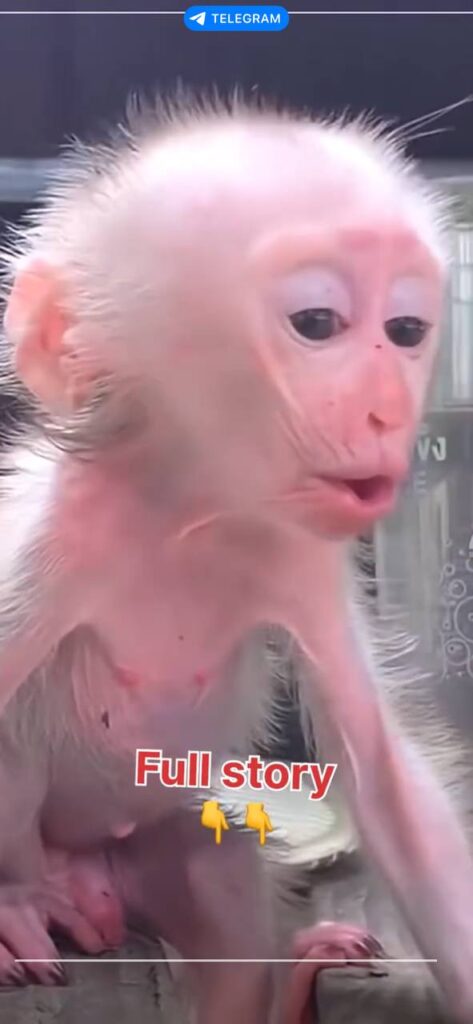
From the perspective of global science, the geographic distribution of primate-research capacity is shifting. Some argue that as cost pressures, regulatory hurdles and ethical scrutiny grow in Western countries, research is increasingly moving to places with lower cost and different oversight frameworks. For example, China has emerged as a major centre for primate research and breeding, which raises questions about dependence, quality control and ethical universality. animalresearchtomorrow.org
At the same time, the trade in primates is under increasing scrutiny. Animal-welfare organisations have exposed conditions of breeding farms, transport and lab usage that many find unacceptable. According to one campaign, the European Union found that 85 % of monkeys used in labs were either wild-caught or first-generation born to wild-caught parents. crueltyfreeinternational.org+1 Airlines have been pressured to stop transporting primates for experiments, and some companies have complied, signalling the power of public advocacy. ECEAE
From an ethical and scientific point of view the stakes are high. On one hand, primate models are invested with the promise of breakthroughs: vaccines, therapies, neuroscience insights. On the other hand, the welfare of the animals, the ecological and wildlife consequences of capture, the validity of animal models for human translation, and the opaque nature of much of the supply chain all give cause for concern. Indeed, some critics argue that even among primates, extrapolating results to humans is problematic because of subtle but important biological differences. ECEAE
Another dimension is regulatory — both international and national. Primate trade falls under the purview of conventions such as Convention on International Trade in Endangered Species of Wild Fauna and Flora (CITES) for many species (most primate species used in research are listed under CITES Appendix II). ECEAE But enforcement is patchy, and illegal trade continues. The TRAFFIC report highlighted that captured wild macaques with undocumented history not only threaten the species’ conservation but also undermine clinical testing, since their unknown background reduces experimental reliability. traffic.org
What pathways forward are being discussed? Some propose strengthening captive-breeding programmes, phasing out wild capture, improving transport and housing standards, and embracing alternative research methods (such as in vitro models or computational approaches). Others call for greater transparency in supply chains, stronger international cooperation, better welfare standards and the reduction of primate use altogether. The development of welfare assessment tools for research macaques across multiple countries is an example of such an effort: a study described the creation of a “Primate Welfare Assessment Tool” which was trialled across four countries and multiple facilities. PubMed
In conclusion, the global trade and testing of non-human primates is a multifaceted phenomenon: it spans wildlife conservation, commercial breeding, international transport logistics, biomedical science, regulation and ethics. The “monkey business” is anything but trivial. It presents tensions between scientific progress and animal welfare, between global demand and local supply, between regulation and black-market risk. As we move forward, grappling with this transnational system means asking hard questions about the kind of science we want, the treatment of non-human animals, the sustainability of global supply chains — and whether alternative models might offer better answers.


